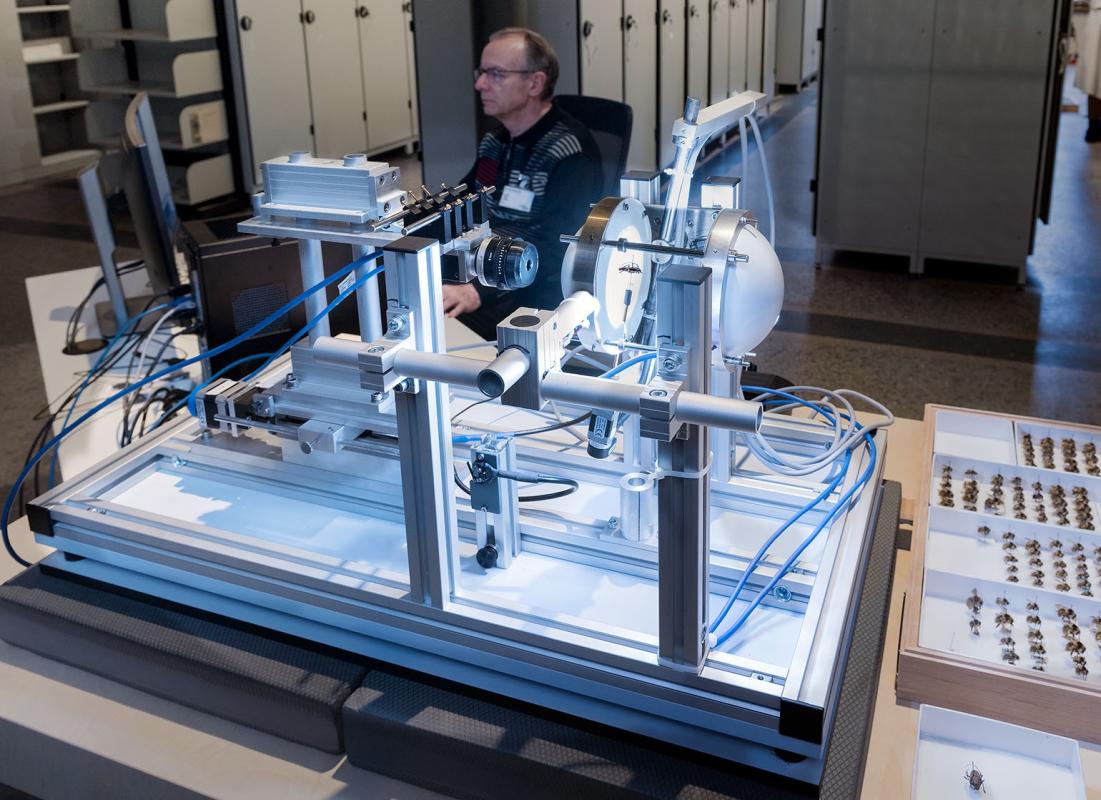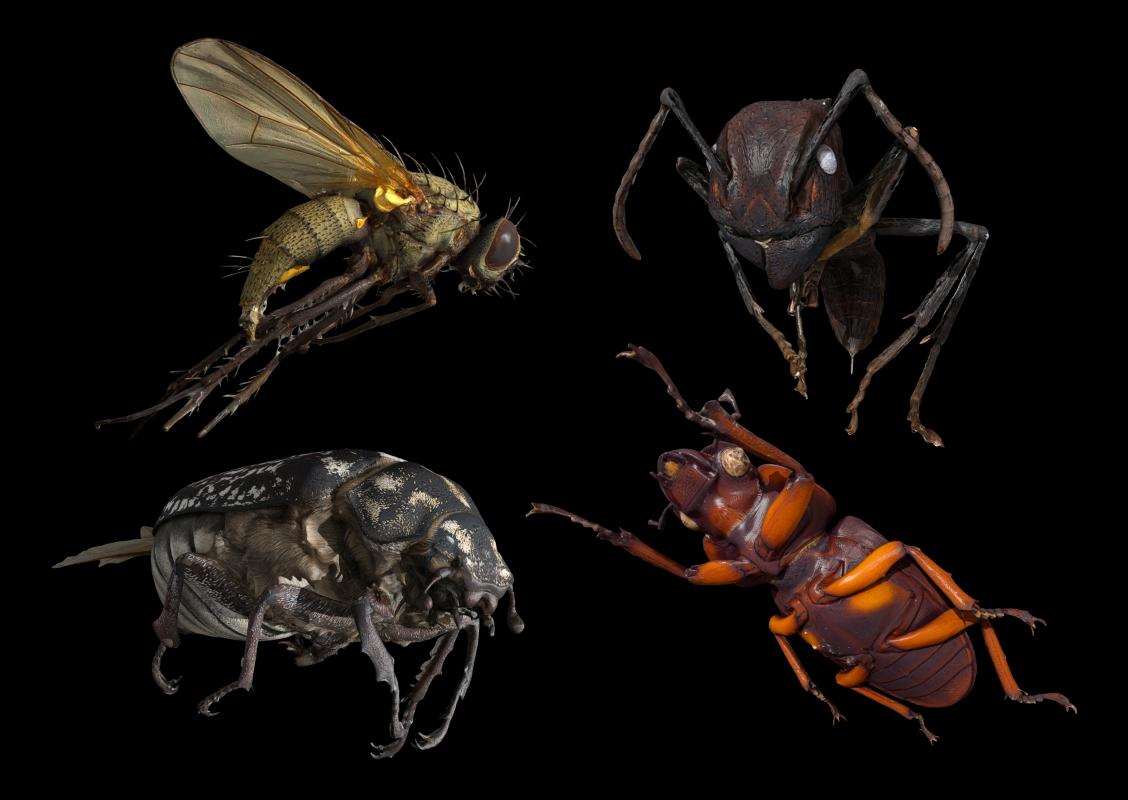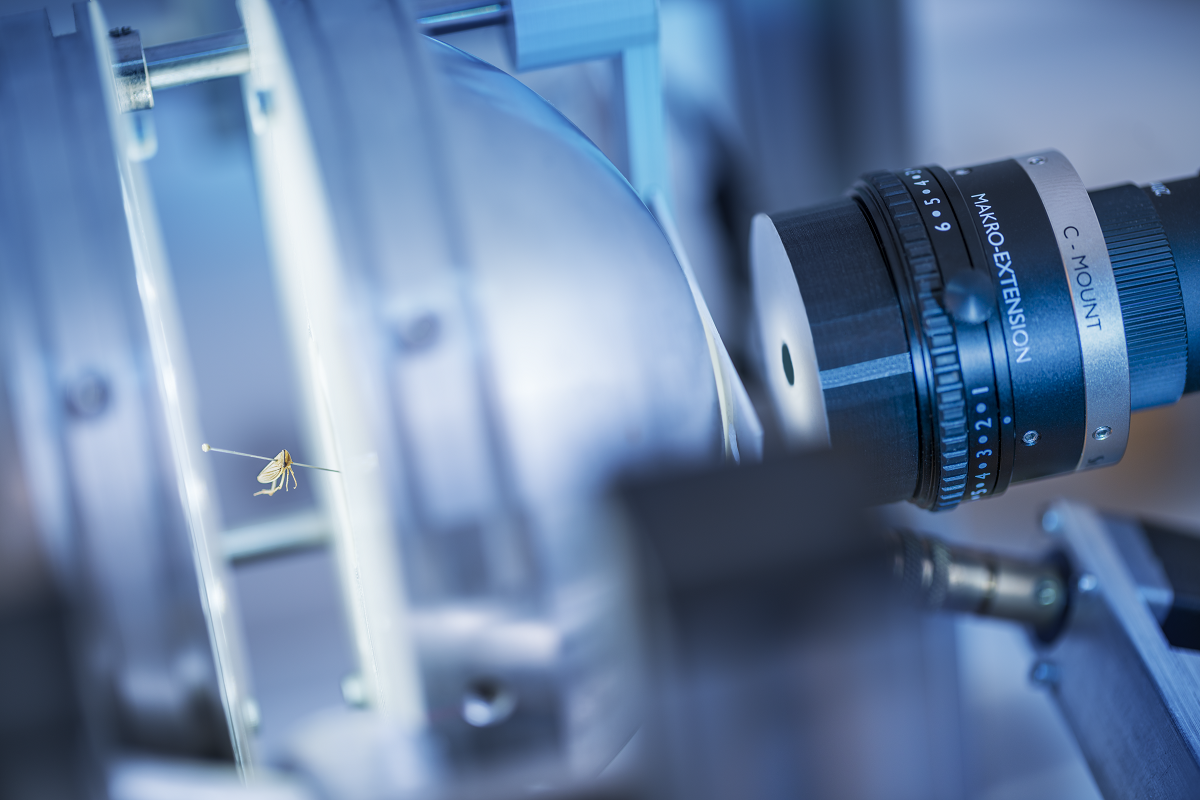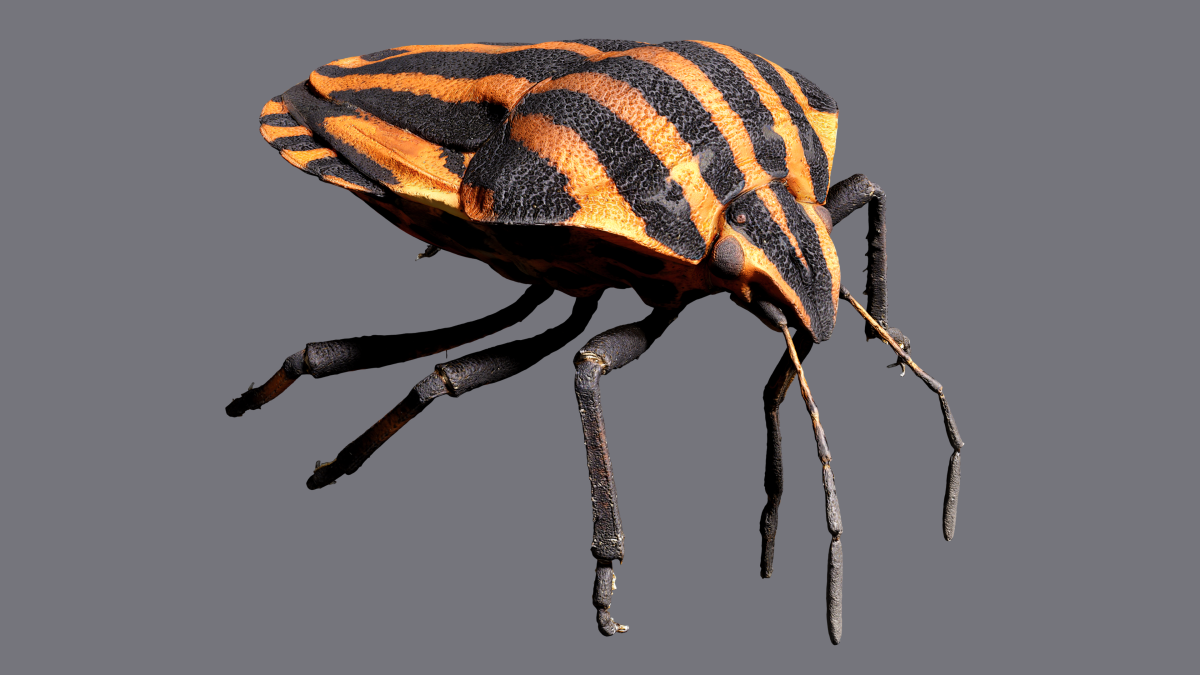Scientists travel around the world to conduct research on insects. This means thousands of flight kilometres for ants, bees or beetles, some of which are millimetre in size. But thanks to the latest digitization technology, a few clicks on the computer will be enough to detect every tiny hair on a bee. This is made possible by the world's first 3D scanner for insects from museum collections, the so-called Darmstadt Insect Scanner (DISC3D). It finds its way into the Museum für Naturkunde Berlin.
"Our task is to open our collection to science and for the good of mankind. In order to find answers to questions about insect mortality, for example, it is an enormous advantage to be able to research insects worldwide at the click of a mouse," says General Director Johannes Vogel. "We become an open research museum and at the same time less CO2 is released into the air. We need more such cooperation and open source projects in order to find solutions to the questions of the future. Because many answers lie in the natural history collections of this world."
Safeguarding valuable natural history collections for posterity
Even the smallest insects are digitally imaged using the fully automatic Darmstadt insect scanner which creates high-resolution, three-dimensional objects. Insects hundreds of years old can thus be digitally preserved for posterity. But the 3D objects also serve current research questions and can give researchers from all over the world important clues for their questions.
"The insect scanner is just as suitable for flies a few millimeters in size as for beetles several centimeters in size," says Michael Heethoff, one of the developers at Darmstadt Technical University. "The system we developed is unique and we are very pleased that it is now being used in the Museum für Naturkunde Berlin."

For the further open source development of the device, the developers Ströbel, Heethoff, Schmelzle and Blüthgen, together with colleagues from the Darmstadt University of Applied Sciences, the Technical University of Darmstadt and the Hessisches Landesmuseum Darmstadt, have founded the charitable association DiNArDa e.V.,which is responsible for the development of the device. (Digital Natural History Archive Darmstadt). The association advises natural history museums worldwide on the digital recording of their collections. The association advises natural history museums worldwide on the digital recording of their collections. "We are happy to provide the building instructions and look forward to further supporters," say Schmelzle and Heethoff.
The insects in 3D are assembled from around 25,000 photographs. Images are taken from nearly 400 perspectives with a 12-megapixel sensor. The scanner needs several hours to do this. In the end, each object requires a few gigabytes of storage space.
A collection becomes digital
By 2030, all 30 million objects in the Museum für Naturkunde Berlin will be digitally recorded using various methods. Only the particularly valuable objects among the insects will be recorded with the DISC3D. These include the type specimens: these are the individuals that were used to describe the species for the first time. In addition to the animals, the tiny handwritten labels and QR codes are also recorded.
The aim is for people worldwide to be able to search, view and examine all objects by means of a database. Zooming in, turning around, looking from above or below: None of this is a problem. About ten percent of 30 million objects have already been digitized.
People all over the world benefit from freely accessible, digital and encyclopedic collections. "We open our collections to everyone to make knowledge about nature accessible and to create space for innovation," says Frederik Berger, scientific director of collection digitization. "Berlin's medical research, art and start-up scene work with the collection and draw inspiration from it."

Experience digitization live in the exhibition
During live digitization, visitors can take a look at the fascinating 3D images and ask experts their questions. Why is it so important to capture insects digitally in times of insect mortality? Why are natural history collections important for research?
The digitization team is available for talks from Tuesday to Sunday between 11:00 and 16:00. The Digitization Street is located directly next to the Dinosaur Hall.
Digitization in figures
- The collection of the Museum für Naturkunde Berlin comprises 30 million objects, of which 15 million are insects; the collection of hymenoptera such as ants, bees and wasps comprises 2.3 million objects.
- The oldest objects are 4,000 year old beetles from a sarcophagus.
- Over 500 guests ranging from researchers to artists
- Currently, an average of 500 objects are digitized every day.
- In the future, more than 7,500 objects per day are to be digitised using assembly line technology. The smaller objects in particular will be digitized.

Press Images. The photos can be used free of charge for reporting in connection with the press release.
